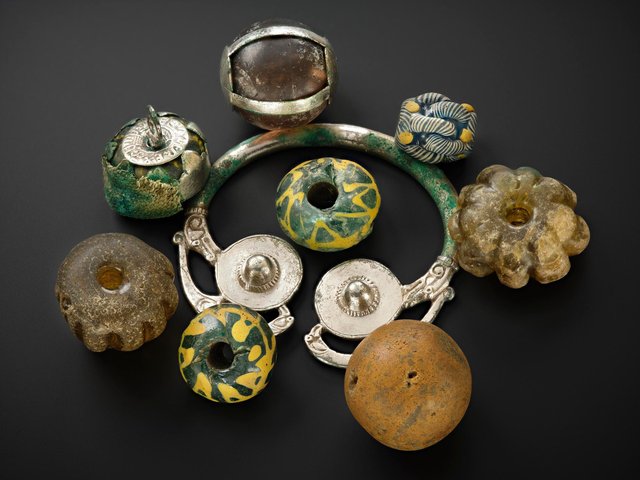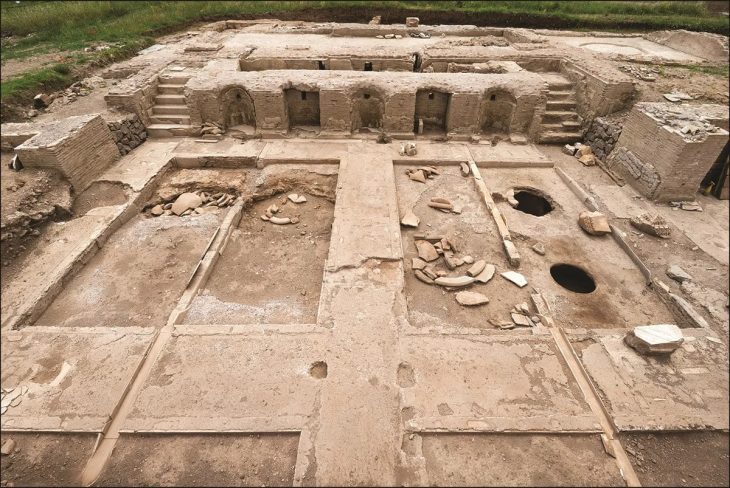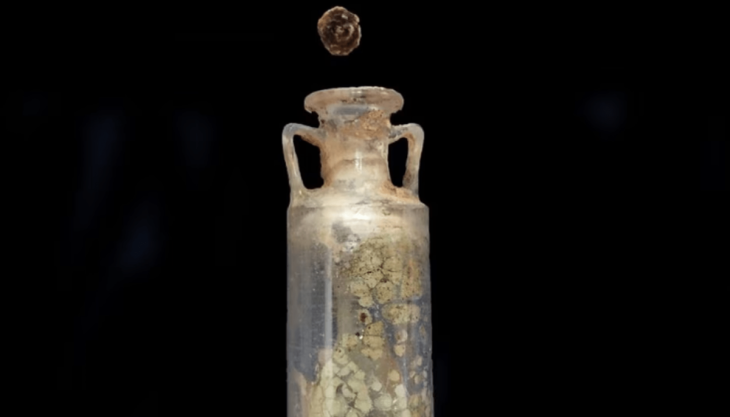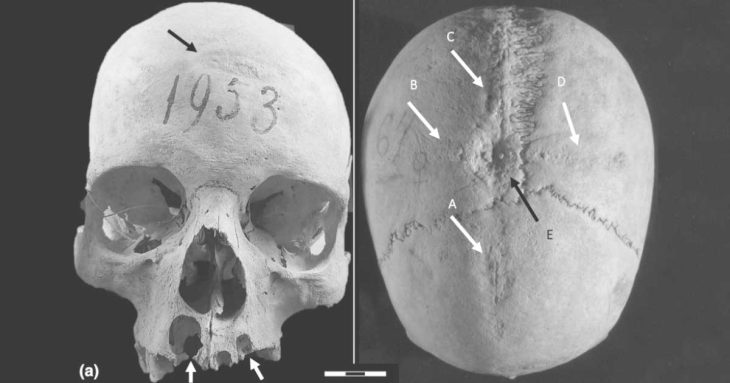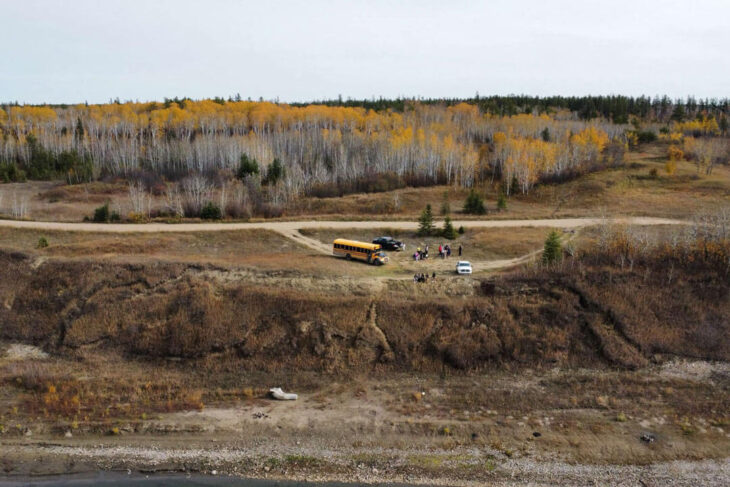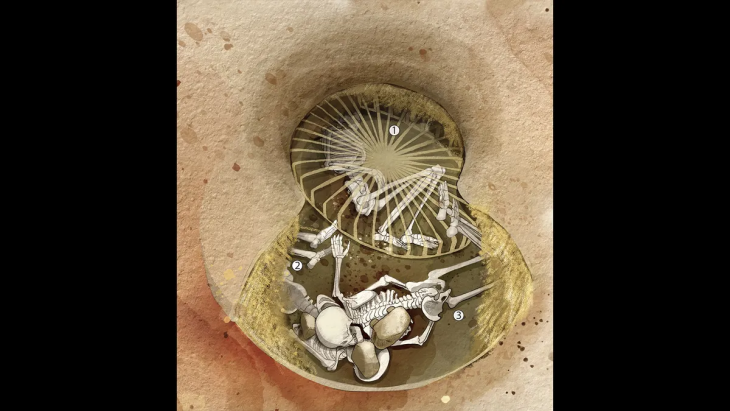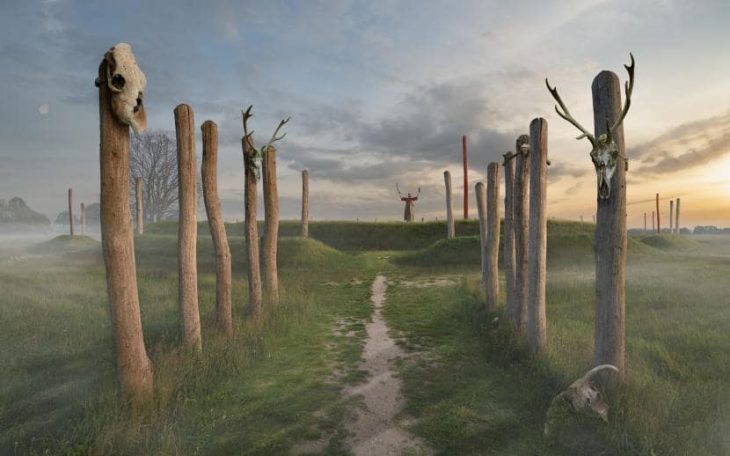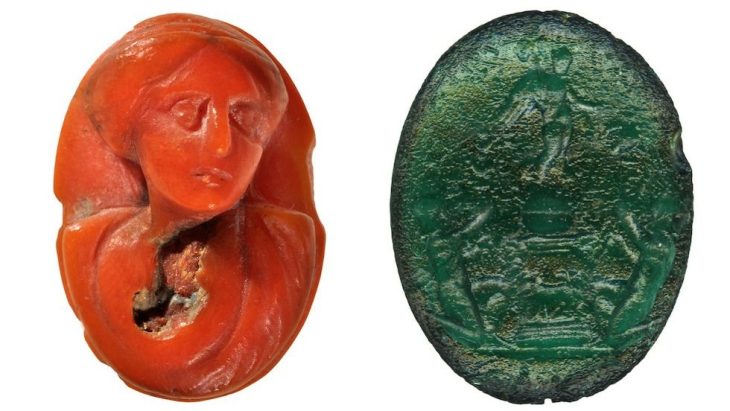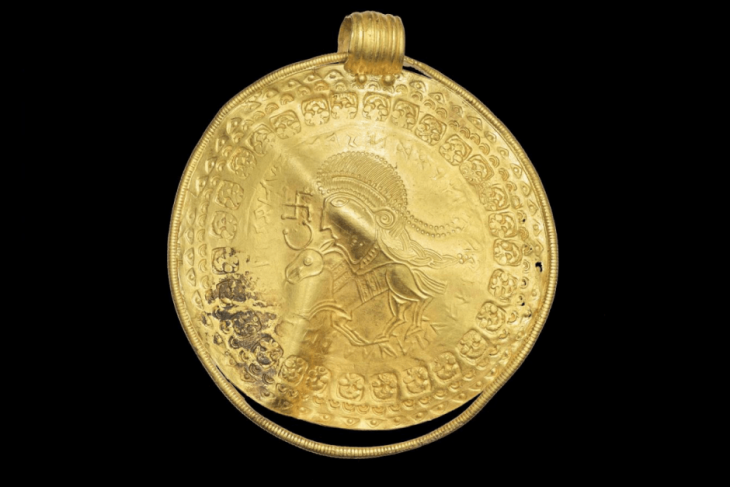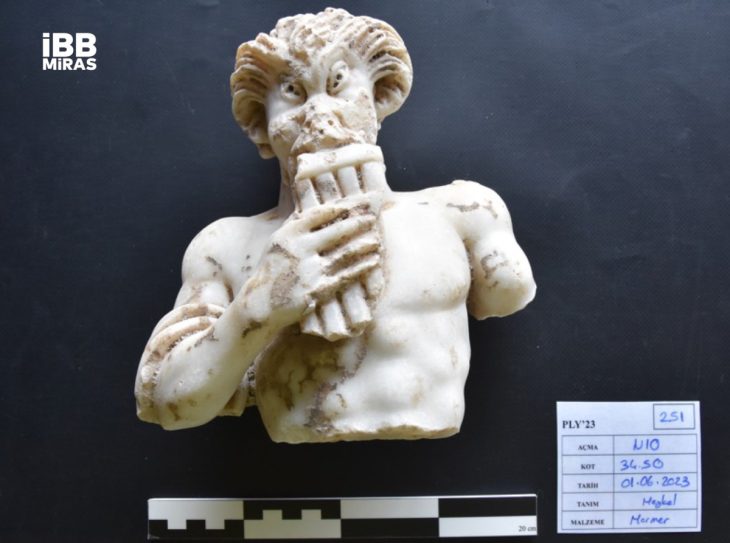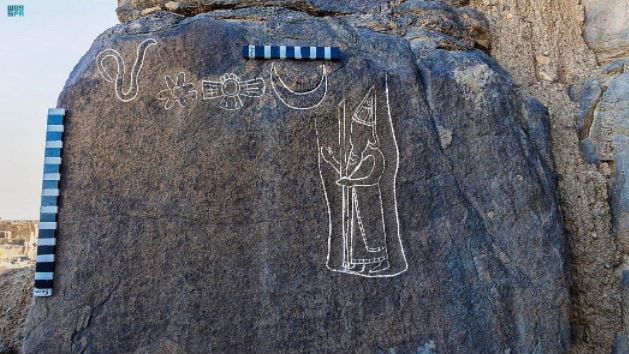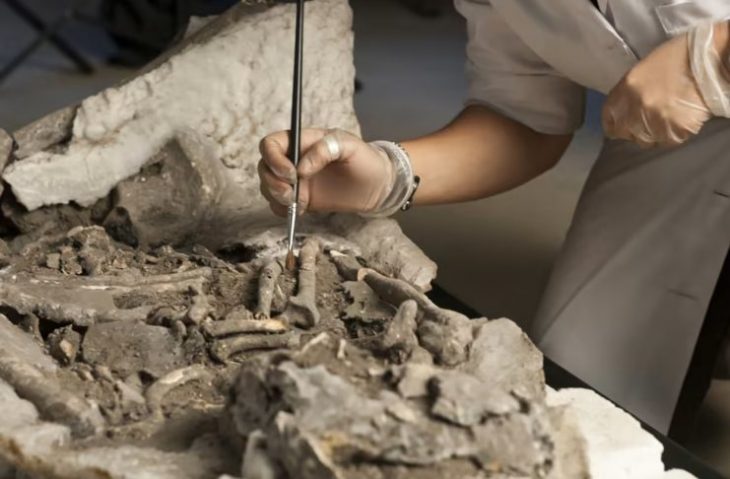Experts have uncovered fascinating secrets of a Viking Age hoard discovered by a metal detector to be presented to the public. A 10th-century treasure of over 100 items including gold, silver, jewelry, a rare Anglo-Saxon cross, and textiles, was found in a field in Dumfries and Galloway in 2014 and acquired by National Museums Scotland (NMS) in 2017.
The 3D model obtained through X-ray imaging allowed the researchers to see beneath the textiles that had been hidden for more than 1,000 years, thereby glimpsing the decorative surface of the vessel decorated with leopards, tigers, and Zoroastrian fire altars.
The ornamentation indicated that the metalwork is from Central Asia rather than the Carolingian (Holy Roman) Empire, as predicted, and radiocarbon analysis of the wool wrapping dates it to AD 680-780, predating the Viking period by up to 200 years.
Dr Martin Goldberg, principal curator of medieval archaeology and history at NMS, said: “This is only the third silver-gilt and decorated vessel to be found as part of a Viking-age hoard in the UK, and so we might have expected it to be like the other two.
“However, the 3D model reveals that the vessel is not from the Carolingian (Holy Roman) Empire of continental Europe as we’d expected based on other similar examples. Instead, the decoration and design suggests that it is a piece of Central Asian metalwork from halfway round the known world.
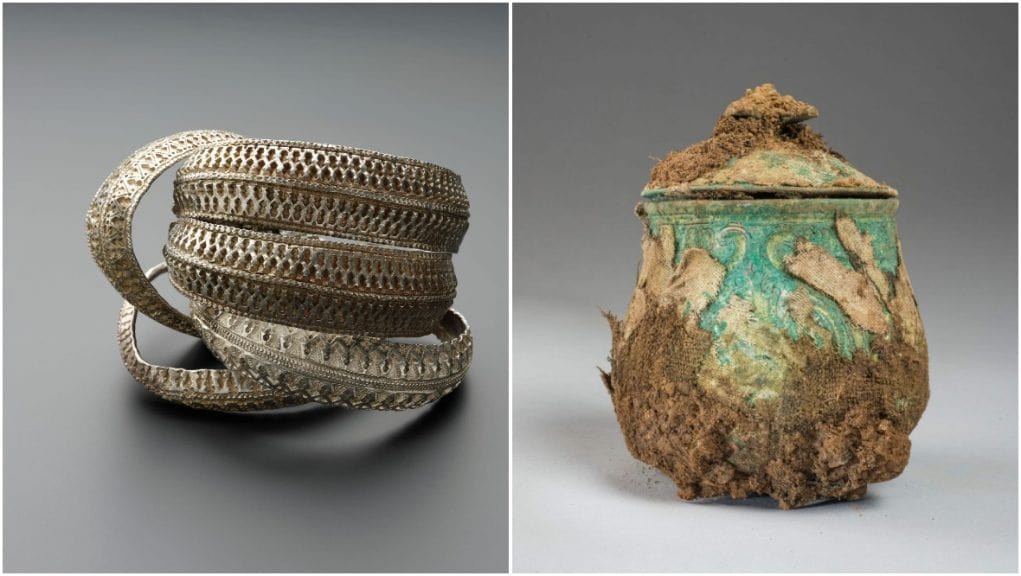
“What was revealed was decoration that is unlike the other two, they were made in a Christian context in the Carolingian empire probably sometime in the 9th century AD.
“Our vessel has non-Christian symbolism on it and in particular there is a central icon which is a Zoroastrian fire altar and Zoroastrianism was the state religion of the Sasanian empire, which is much further to the east in central
Asia, what was Persia and is modern day Iran, and there are leopards and tigers in the vegetation on the vessel and the whole thing just has a much different symbolism.
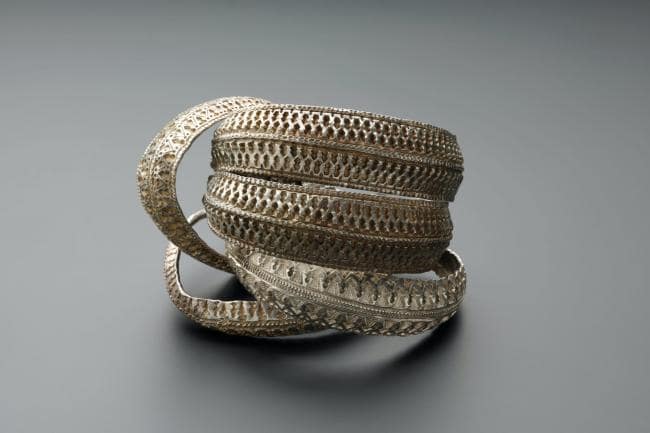
“It was quite a surprise, it’s really opened up that international picture.”< Dr Chris Breward, director of NMS, described the hoard as “probably the most significant find from the period of the Vikings in Britain or Ireland that we know of”.
The exhibition, which opens on Saturday, demonstrates how the trove was buried in four separate parcels: two of silver bullion and one consisting of a cluster of four lavishly designed silver “ribbon” arm-rings linked together and covering a little wooden box holding three gold pieces.
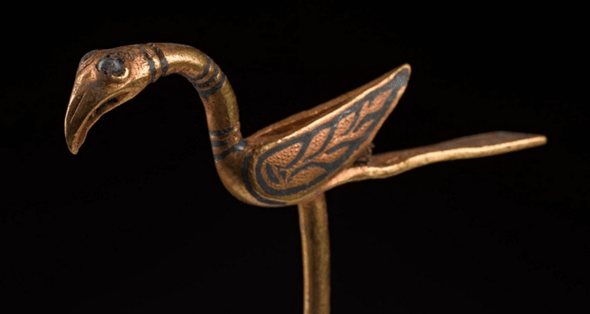
The final parcel was a lidded, silver-gilt vase covered in layers of cloth and stuffed with expertly wrapped artifacts that looked like antiquities or heirlooms. They include beads, pendants, brooches, bracelets, and elaborate belt-set, a rock crystal jar, and other curios, often strung or wrapped with silk, as well as two mysterious balls of dirt containing tiny specks of gold.
It is unknown why the treasure, which contained artifacts belonging to four different owners, was buried, however, they were often concealed by persons under fear or stress in the goal of subsequently reclaiming them.
Research into the hoard, found by metal detectorist Derek McLennan, continues through a £1 million project led by NMS in partnership with the University of Glasgow.
The exhibition Galloway Hoard: Viking-age Treasure will be open at NMS in Chambers Street, Edinburgh, until September 12 when it will then tour to Kirkcudbright Galleries and Aberdeen Art Gallery.

